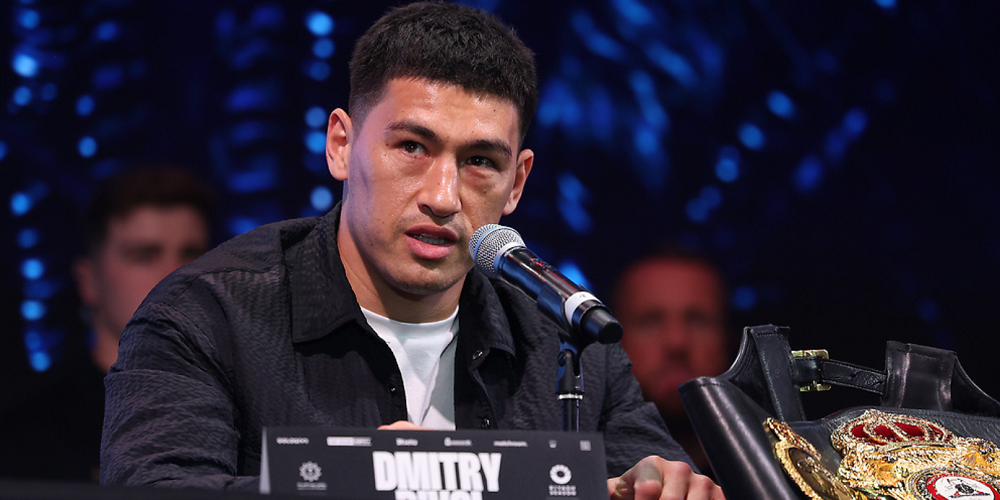When reading the opinions of many experts about the dynamics of last Saturday’s light heavyweight unification match in Riyadh, narrowly won by Artur Beterbiev, a certain consensus seems to emerge on what was the main weakness in Dmitrii Bivol’s strategy.
Most observers argue that Bivol was too passive, took the initiative too rarely, and allowed Beterbiev to remain comfortable in the aggressor’s role.
In their view, if a rematch occurs, Bivol should show more aggression, throw more punches, and push Beterbiev backward to disrupt his comfort zone and impress the judges.
I see things differently. Upon rewatching the match calmly, I became convinced of an intriguing detail that I had noticed during the live broadcast: despite Beterbiev spending much of the fight advancing and pressing, most of his significant, impactful punches were actually counterpunches.
As long as Bivol stuck to his game plan—moving nimbly on his feet, focusing on defense, and launching sudden short counterattacks—he expertly avoided serious damage, dodging, blocking, and smothering many of Beterbiev’s attacks, while landing cleaner and more effective blows.
However, when Bivol got carried away by adrenaline, becoming overly aggressive and engaging in toe-to-toe exchanges, he suffered. He absorbed heavy, potentially lethal blows and struggled in the 20 to 30 seconds that followed, often losing rounds he had previously been winning.
This happened in the fifth round, when Bivol ran into a jab that hit like a brick, visibly affecting him. It happened again in the seventh round, when after landing two beautiful combinations, he overcommitted to a third reckless attack and was caught by a destabilizing left hand. The same pattern repeated in the tenth round, when his offensive efforts were abruptly shut down by a right hand that forced him into survival mode.
There’s a common belief that a power puncher struggles when forced to fight on the back foot and falls apart when put under pressure. While this is true for many offensive fighters, it doesn’t apply to Artur Beterbiev.
The Dagestani is a far more complete fighter than a superficial observer might think. His timing and ability to counter his opponents while they’re attacking are integral to his skill set, making him an incredibly dangerous fighter to attack recklessly.
Naturally, I don’t presume to advise the team of one of the world’s most talented fighters, but hypothetically, if I were part of Bivol’s camp for a potential rematch, I’d suggest he stick to a cautious, conservative approach. He should forget about the spectacle, curb his pride, strike only when certain, and avoid engaging in Beterbiev’s favored battleground: a heated firefight in the center of the ring.
In my opinion, Bivol’s best chance to increase his odds of victory lies in “uglying” the fight, much like past masters such as Floyd Mayweather Jr., Andre Ward, and Bernard Hopkins did. These fighters, when faced with physically imposing opponents with superior power, had no qualms about reducing the thrilling moments in their fights to a minimum. They didn’t care about potential boos from the crowd as long as they secured the win.
Of course, opinions will remain theoretical until a rematch takes place. Only then will we discover Dmitrii Bivol’s revised strategy and be able to judge whether it proves adequate to alter the outcome.

